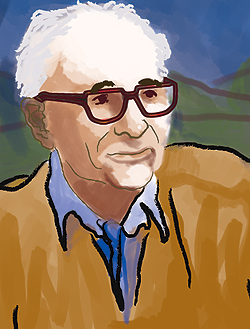 Continuing the series that is archived here.
Continuing the series that is archived here.
Here is my understanding of Walter Schmithals’ argument so far. (Others who have read ‘Gnosticism in Corinth‘ — Roger? — please do chime in with corrections. I have not found reading S easy and am quite open to being shown that I have forgotten or overlooked some significant aspect of his argument.)
Schmithals guiding principle appears to be that nature (or human culture) would produce a singular trajectory or evolutionary progression from a “system” which begins without a clear individualised redeemer myth (i.e. one in which a personalised redeemer descends from heaven to rescue mankind enabling them to follow him back into heaven and their true home). At the beginning the potentially saving power lies dormant in all humankind and is activated by saving knowledge (gnosis) of its origin and ultimate home. This power was part of the great power or creative force that produced all things.
Jewish influence or Jewish gnostics are said to have led to the adoption of the title of “Christ” as one of the names of this power. This adoption took only the title or term Christ and not the full conceptual embodiment of what that figure supposedly meant to Jewish thought. In this primitive gnostic thought the title Christ was thus amenable to being attached to the Primal Man or Adamus (heavenly Adam) concept.
None of the above is said to have shown any hint of Christian influence. Continue reading “Pre-Christian Christ Gnosticism 5 — The Christ Title (2)”











